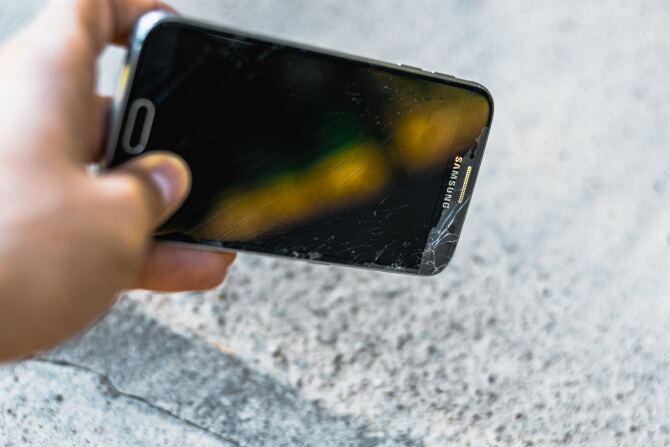The displays would repair tiny dings and scratches on their own using an air-reactive substance.
What if we could forego all discussion of smartphone screen repair and let our screens make repairs for us? One team of analysts believes that reality is just around the corner. The UK-based technology research company CCS Insight said on Tuesday that leading smartphone makers are trying to commercialize self-healing displays by 2028.
The company’s prediction was one of many included in a booklet titled Predictions for 2024 and Beyond that was released at the beginning of a three-day event with the same name. Within the next five years, “smartphones and other consumer devices,” according to the company, might feature displays “capable of mending tiny scratches and dents on their own.”
Although the technology is still in its infancy, it is yet possible. A team of engineers in Tokyo unintentionally developed a glass-like substance that can mend itself in fractures in 2017. Other researchers, working on everything from spacecraft hulls to pure metals, have purposefully studied and produced self-healing components. The idea has been tested in the consumer tech sector before, though not very successfully: A curved smartphone featuring a self-healing layer on either side, the LG G Flex was announced in 2013. A few years later, Motorola and Apple both submitted patent applications for related technologies, but neither business produced a corresponding product.

Self-healing materials—including phone screens—are designed to lessen the need for expensive, time-consuming repairs while keeping broken parts out of landfills. And how does it operate? Using “a specific material in the display, which, when exposed to air, reacts and produces a new layer of material to fill an imperfection,” according to CCS Insight, producers would be able to cover up flaws. Rome’s 2,000-year-old walls, which owe their long survival to their capacity to cure their own cracks, as well as the other self-healing components we mentioned previously, operate on the same principle.
Having stated that, it is crucial to establish reasonable expectations for the upcoming few years. Self-healing displays probably won’t be able to remedy issues that you’d typically take to a repair shop; if your screen is broken into pieces, you’ll need a new one. It’s also unclear from CCS Insight which manufacturers will introduce self-healing mobile devices first, so it’s impossible to predict whether your preferred smartphone brand will be able to fix scratches on its own in the near future.

